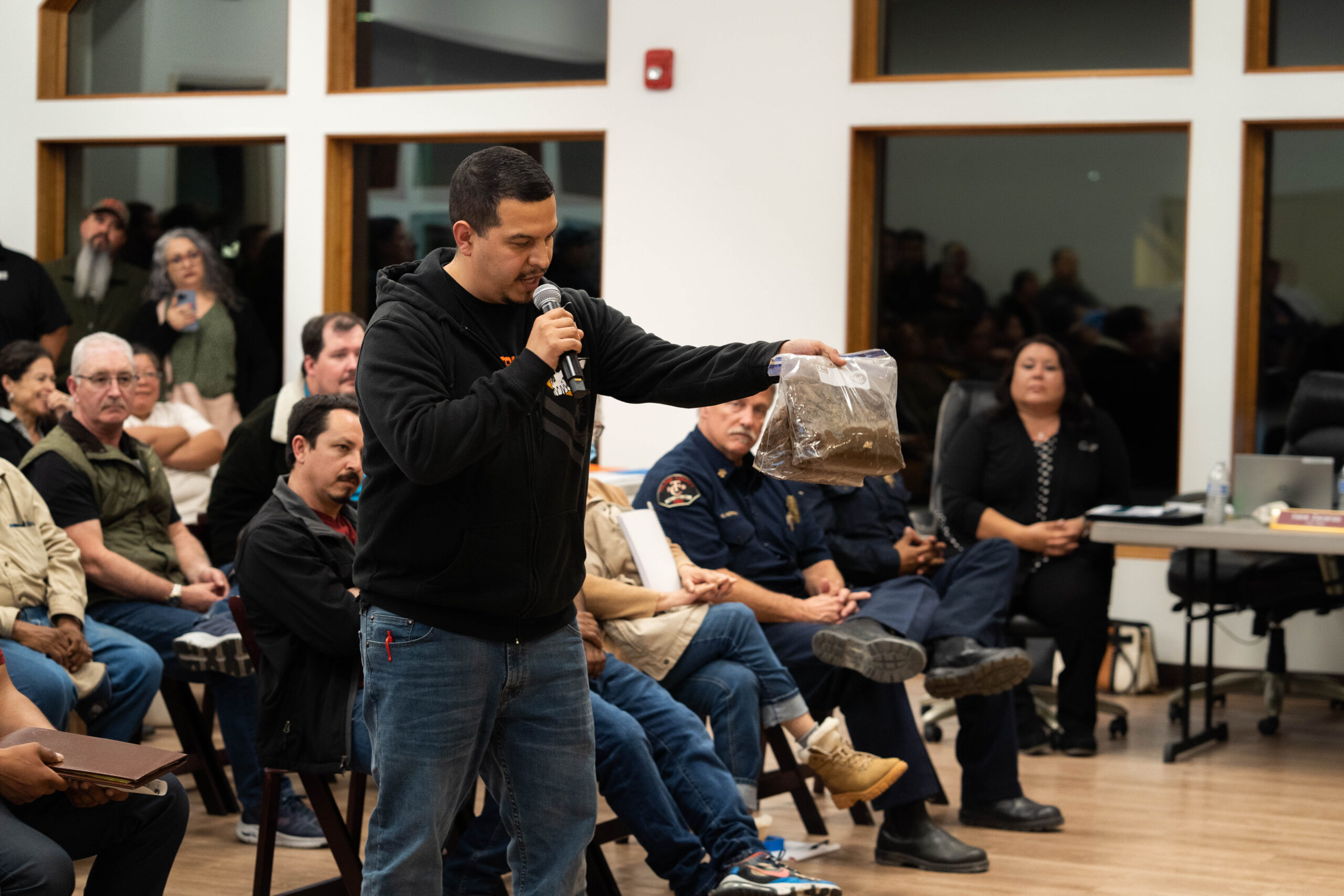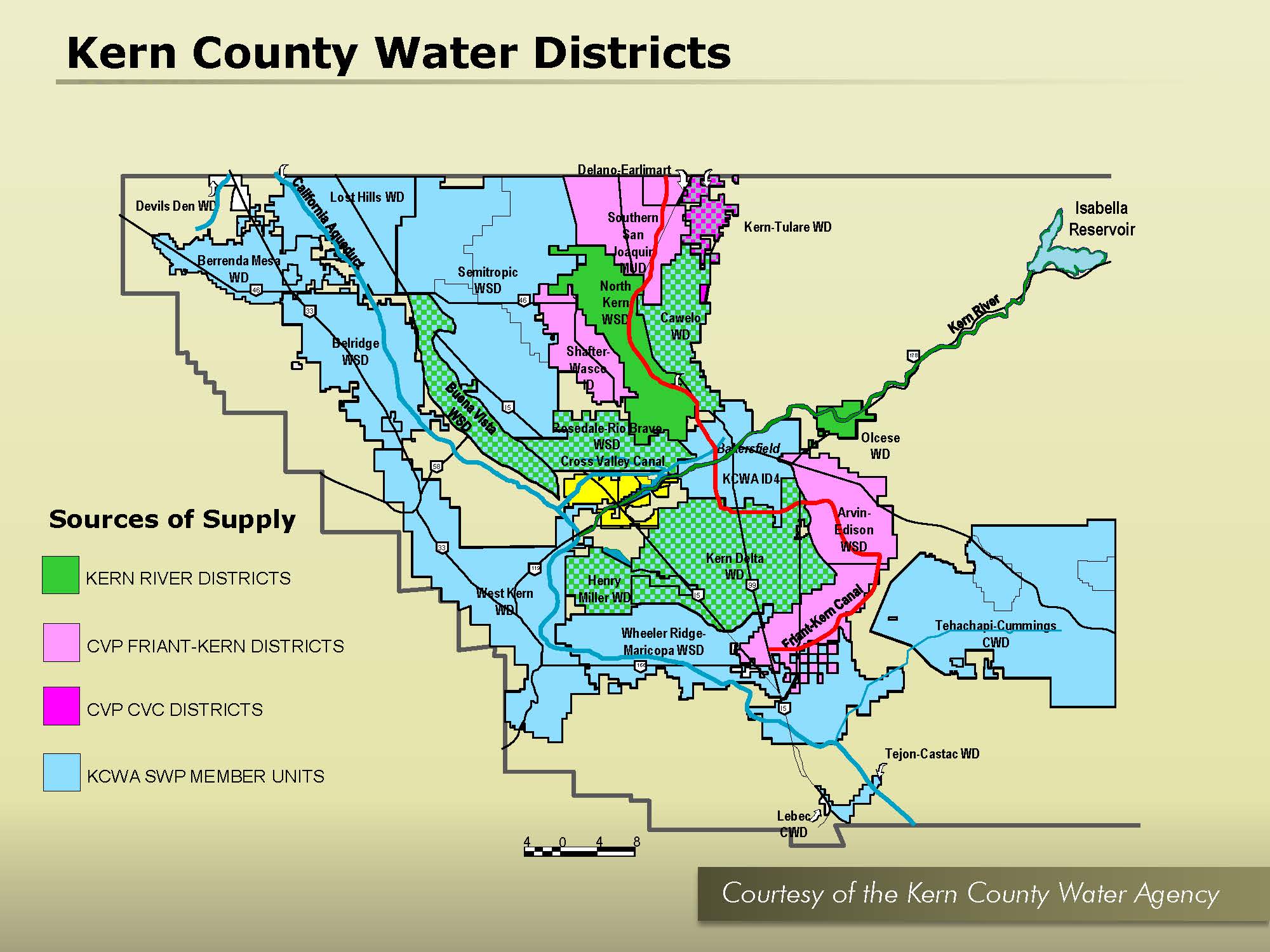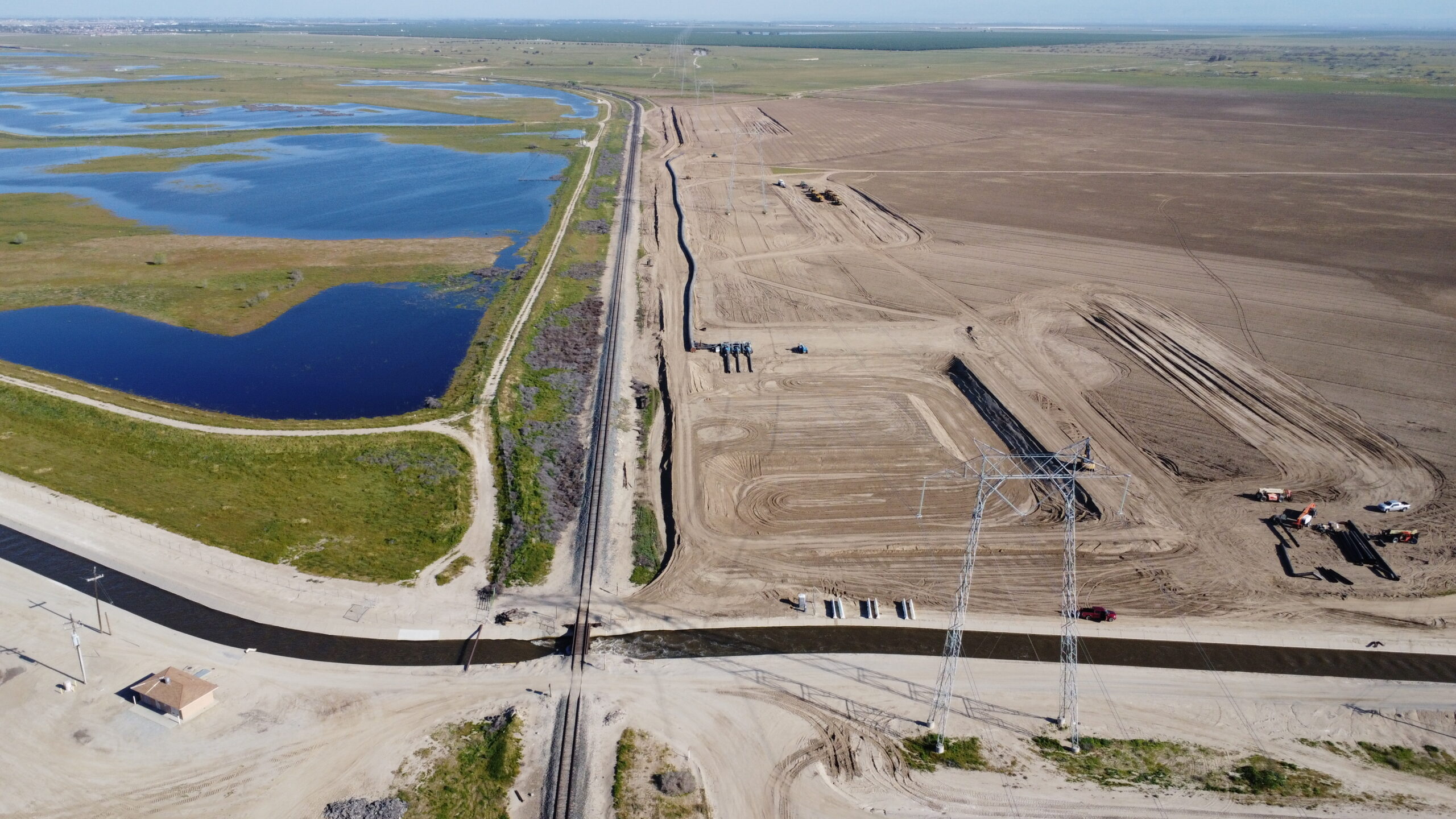Just when it looked like small drinking water systems in California were finally getting the long-term help they so desperately need, along came COVID-19.
The state is peppered with failing small systems, many serving low-income communities without the resources to repair them. At least one-third of those failing systems are in the San Joaquin Valley, according to the State Water Resources Control Board.
They are typically in remote, rural areas serving a few hundred to fewer than a dozen residents on one or two wells. Residents simply don’t have the money to pay for needed repairs and upkeep.
State and federal funding for those systems has been sporadic, at best, leading to generational problems of residents unable to drink or sometimes even bathe in contaminated tap water.
That’s where the new Safe and Affordable Funding for Equity and Resilience (SAFER) program comes in. It was created last year to provide an ongoing fund of $130 million a year to help pay for repairs to those small domestic water providers.
The SAFER program was seen as the first toehold in the climb toward providing clean water for all Californians.
But SAFER funding comes from the state’s Cap-and-Trade program, which gets its money from a thriving economy.
When fossil fuel-based industries — such as power plants and manufacturers — want to build or expand, they must buy emission credits from the Cap-and-Trade program. That money, in turn, is used to reduce emissions elsewhere, such as rebates for zero-emission vehicles, solar panels.
The state typically raises between $600 million and $850 million at each quarterly emission credit auction.
But the most recent auction in May netted only $25 million.
That’s because the COVID-19 crisis has flattened the economy and sharply curtailed demand for fossil fuels.
The drop in Cap-and-Trade funding set off alarm bells among SAFER proponents who were excited to applaud the first round of SAFER-funded projects approved July 7 by the state Water Resources Control Board.
That first set of nearly 40 projects was paid for through a combination of Cap-and-Trade and money from the state’s 2019-2020 General Fund. Those projects are set to go, including drilling new wells, adding new treatment systems, replacing water tanks and several consolidations where larger water systems will take over small, failing systems.
But observers are extremely worried about the next set of projects, and the next, said Jonathan Nelson, policy director for Community Water Center, a clean water advocacy group centered in the San Joaquin Valley.
“Of course, no one could have foreseen a pandemic,” Nelson said. “But this is a reminder of how critical it is to have a sustainable funding source.”
He said all eyes are now on the August Cap-and-Trade credit auction.
“If it’s as bad as the last one, it will severely affect the SAFER program,” he said. “Even if we end up with 50 percent less funding, that will have a severe negative impact.”
Nelson is building a coalition to advocate for a backup funding source but that will need to happen quickly while the Legislature is in session this summer. Otherwise next year’s SAFER projects could be in jeopardy.
That won’t happen on this governor’s watch, according to Joaquin Esquivel, Chairman of the State Water Board.
He noted the SAFER program was listed as a top priority in Gov. Gavin Newsom’s recently released Water Resiliency Portfolio.
“While the State Water Board remains focused on implementing this generational opportunity to ensure access to clean and safe drinking water for all Californians, we are committed to working with the Legislature in the coming weeks to assess and maintain funding for this critical program,” Esquivel wrote in an email.
Assemblyman Vince Fong (R-Bakersfield) said the primary reason he and several other lawmakers voted against the SAFER program last year was the use of Cap-and-Trade funding.
“The way it works is Cap-and-Trade money goes to certain continuous appropriations first, such as high-speed rail, and the rest is distributed among a free-for-all of programs,” Fong said. “Everyone’s concerned about how that distribution will be made, or if there’ll be money left over at all.”
Fong would prefer to see the SAFER program funded through a more stable source under the General Fund.
Even without this sudden economic downturn, he noted, Cap-and-Trade is designed to diminish over time as emissions, theoretically, are reduced.
“If safe water is a priority, which it is, then it needs to be funded that way,” Fong said.
Meanwhile, advocates are also keeping one eye on the possibility of federal funding for drinking water infrastructure.
Both Rep. T.J. Cox (D-Fresno) and Democratic Sen. Kamala Harris introduced bills that would provide millions of federal dollars for disadvantaged communities with substandard water systems.
“We’re encouraged by the multiple bills,” Nelson said, noting that no one knows what’s going to happen politically.
“Other industries are getting relief funding that’s definitely needed. Water is pretty important too, and we want to make sure that rural America is included in the economic recovery.
“This pandemic is so horrible, but we hope it is waking people up to the reality that a lot of our communities were already in crisis before going into this pandemic crisis.”
Share this:
- Click to share on Facebook (Opens in new window)
- Click to share on Twitter (Opens in new window)
- Click to share on LinkedIn (Opens in new window)
- Click to share on Reddit (Opens in new window)
- Click to share on Tumblr (Opens in new window)
- Click to share on Pinterest (Opens in new window)
- Click to share on Pocket (Opens in new window)
- Click to share on Telegram (Opens in new window)
- Click to share on WhatsApp (Opens in new window)
- Click to print (Opens in new window)






